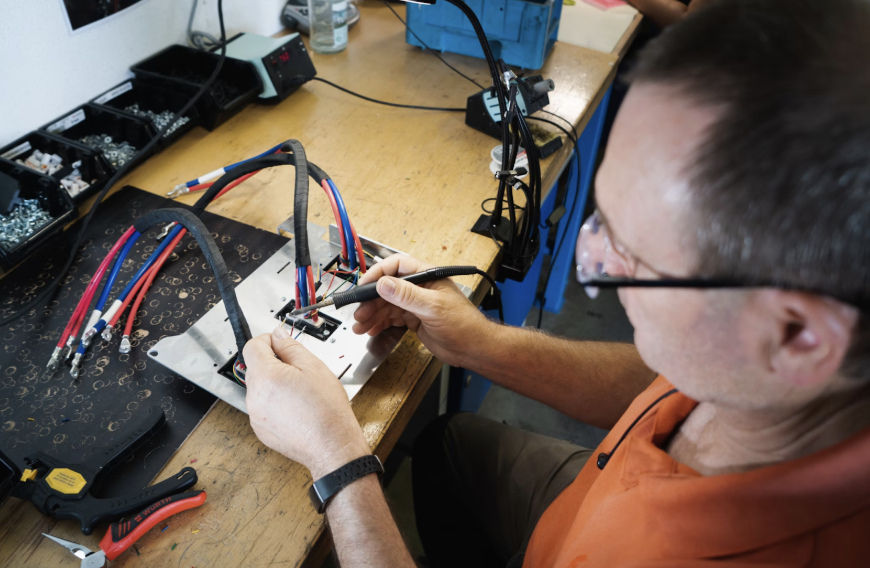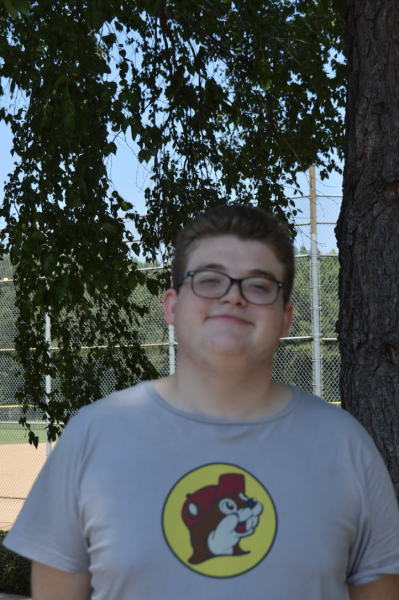Despite advances in equity and inclusion, people with autism continue to fight for equal treatment in larger society – during Autism Awareness Month and beyond.
A student at Green Hope whose name has been changed to preserve anonymity expressed their frustration with current attitudes towards people with autism. “As someone who is on the spectrum, I’m not autistic. I am a person with autism,” he said.
The Center for Disease Control (CDC) identified 1 in 36 children as being autistic or appearing on the autism spectrum. Autism Spectrum Disorder is an umbrella term, and it is a developmental disability that can cause significant social, communication and behavioral challenges. Some of these challenges can include reading body language or facial cues, interpreting tone of voice, repeating actions, difficulty regulating emotions and being sensitive to sensory stimuli.
Since autism disorder is a spectrum multiple disorders fall under, the autism spectrum includes Pervasive Developmental Disorder-Not Otherwise Specified (PDD-NOS). In addition to the characteristics listed above, those with this disorder may face struggles with changes in the schedule and experience difficulty with organizing and communication challenges. Another disorder that falls under the autism spectrum is Childhood Disintegrative Disorder (CDD), characterized by the loss of previously acquired skills, communication difficulties, social impairments, behavioral challenges, intellectual disability and medical evaluation. A third common disorder is Asperger’s syndrome. People who have Aspergers may struggle with language development, cognitive abilities, social interaction, repetitive behaviors and diagnostic criteria.
Autism in education
The federal government passed the Individuals with Disabilities Education Act in 1990 by George H. W. Bush, which mandated that schools must create programs to accommodate individuals with disabilities through an individualized education program or (IEP). To qualify for an IEP a student must take a test administered by the school to decide whether or not they are eligible for this program. An IEP is a plan that seeks to lay out special education instruction, support systems and services that kids need to make progress and thrive within a school environment.
The school develops 504 plans to give disabled kids the support they need. This covers any condition that limits daily activities in a major way. A 504 plan is a blueprint for how the school will support students with disabilities and help remove barriers to learning. The goal is to provide students with equal access to education.
Ms. Danielle Jensen, a special education teacher at Green Hope, discussed how each day in the classroom is “ever changing and unpredictable.” Ms. Jensen also explains how crucial it is to view students with Autism as students first rather than allowing their special abilities to misconstrue one’s view of them.
“The word autism can be really negative sometimes. But, they’re kids who want to fit in and even though they have things that make them different, every student has things that make them different. Everyone does something that might be strange to someone else, but that doesn’t necessarily mean it’s a bad thing,” said Ms. Jensen.
Autism representation in media
Many movies and TV shows have autistic characters in them. However, such media may not always portray them accurately. Atypical, a television show that ran from 2017 to 2021, which portrayed an autistic teen Sam, the main character of the show, played by Keir Gilchrist. Gilchrist was not autistic, but his character was. After facing backlash, the show hired eight consultants with autism.
Another representation of people with autism is Freddie Highmore who played Dr. Shaun Murphy in the Good Doctor. The character was autistic and he had Savant Syndrome, this portrayal of autism and neurodiversity was perceived as negative due to the writers giving the character a superpower to make up for their disability.
Controversies surrounding autism
Controversies over vocabulary describing those on the autistic spectrum arose in recent years. Autism Speaks is an organization that seeks to create an inclusive world for all individuals with autism throughout their lives. They accomplish this goal through advocacy, services, support, research and innovation, and advances in care for autistic individuals and their families. Due to public feedback and criticism surround the terminology the use Autism Speaks released a statement. “We no longer advocate, support or discuss searching for a “cure” and removed the term from our vocabulary many years ago. We no longer simply use blue in our materials, instead featuring a spectrum of colors. We know that each experience with autism is uniquely individual and personal,” said CEO Keith Wargo on their website in March 2023.
Autism is a spectrum – people with autism can range widely from being non-verbal to highly verbal. Advocates call for April as a time to accept people with the disorder and better understand neurodivergent people in an effort to remove the stigma of autism.











































































